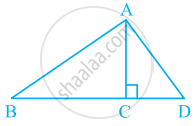Advertisements
Advertisements
प्रश्न
Write, giving reason, the name of the figure drawn alongside. Under what condition will this figure be a square.
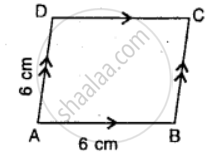
उत्तर
Since, all the sides of the given figure are equal.
i.e. AB = BC = CD = DA = 6 cm
∴ The given figure is a rhombus.
This figure shall be considered as a square, if any angle is 90°.
APPEARS IN
संबंधित प्रश्न
ABCD is a parallelogram, AD is produced to E so that DE = DC and EC produced meets AB produced in F. Prove that BF = BC.
In a quadrilateral, define of the following Opposite sides .
In a quadrilateral, define of the following Opposite angles .
Complete of the following, so as to make a true statement:
A quadrilateral has ....... sides.
Complete of the following, so as to make a true statement:
In a quadrilateral the point of intersection of the diagonals lies in .... of the quadrilateral.
In Fig. 16.19, ABCD is a quadrilateral.
Name a pair of adjacent sides.
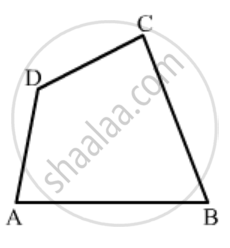
In Fig. 16.19, ABCD is a quadrilateral.
How many pairs of opposite sides are there?

In Fig. 16.19, ABCD is a quadrilateral.
How many pairs of adjacent angles are there?
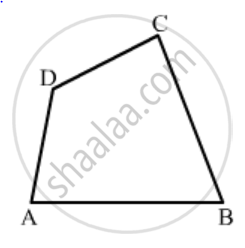
A quadrilateral has three acute angles each measures 80°. What is the measure of the fourth angle?
The measure of angles of a hexagon are x°, (x − 5)°, (x − 5)°, (2x − 5)°, (2x − 5)°, (2x + 20)°. Find the value of x.
PQRSTU is a regular hexagon. Determine each angle of ΔPQT.
Use the information given in the following figure to find the value of x.
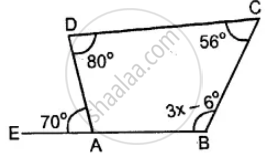
Two diagonals of an isosceles trapezium are x cm and (3x – 8) cm. Find the value of x.
Write two conditions that will make the adjoining figure a square.
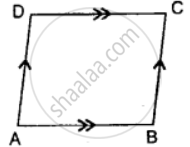
Observe the figure below and find out their name.
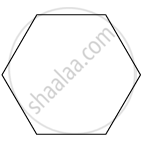
Observe the figure below and find out their name.
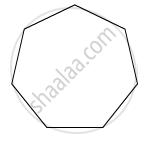
The angles of a pentagon are x°, (x - 10)°, (x + 20)°, (2x - 44)° and (2x - 70)°. Find the angles.
In given figure, name any two angles that appear to be obtuse angles.
In given figure, What is AE + EC?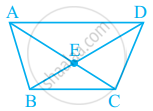
Using the information given, name the right angles in part of figure:
AC ⊥ BD